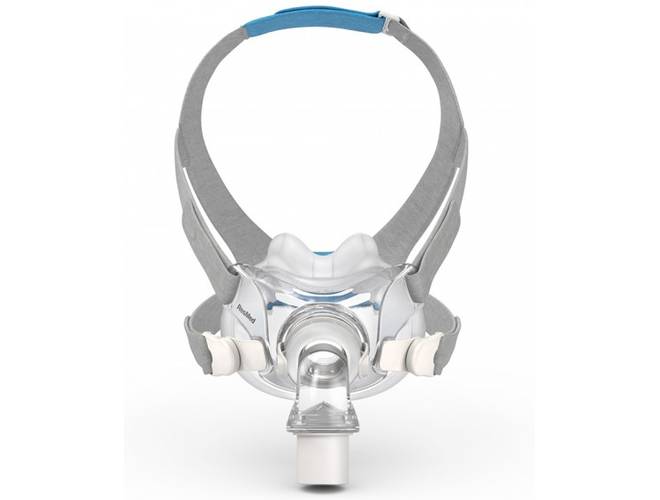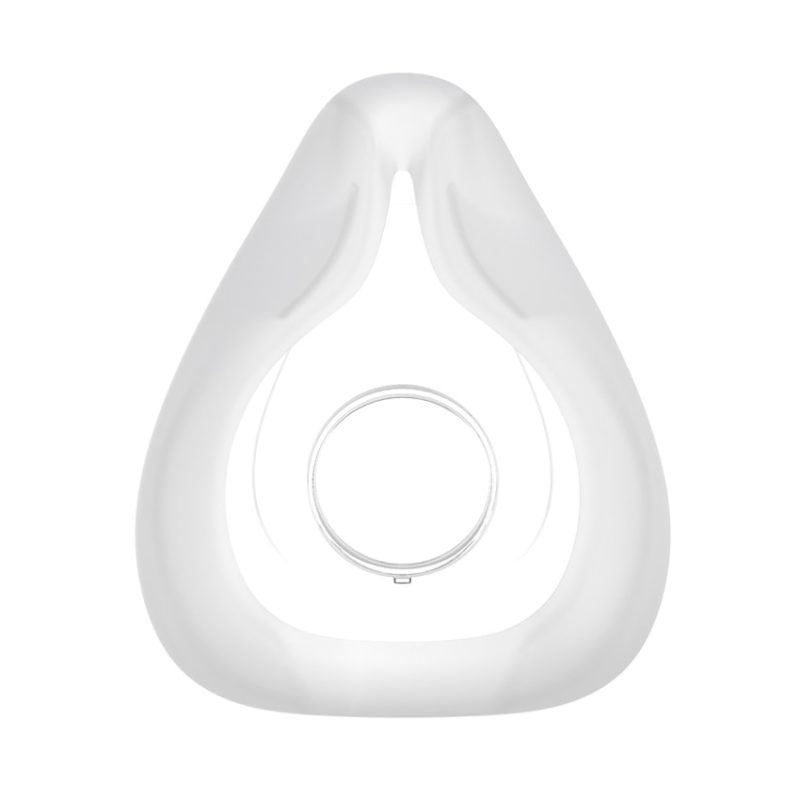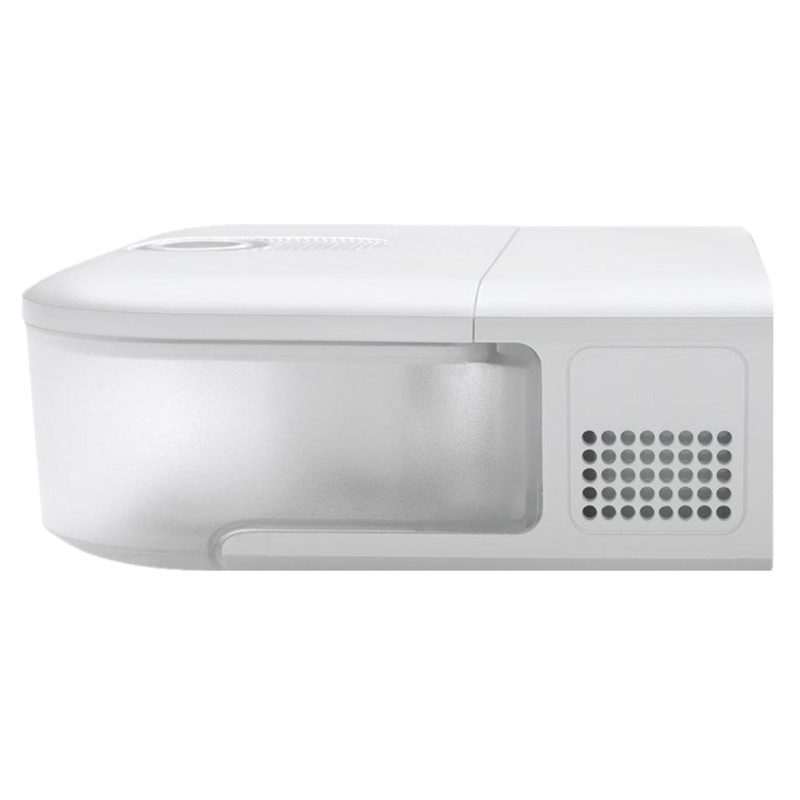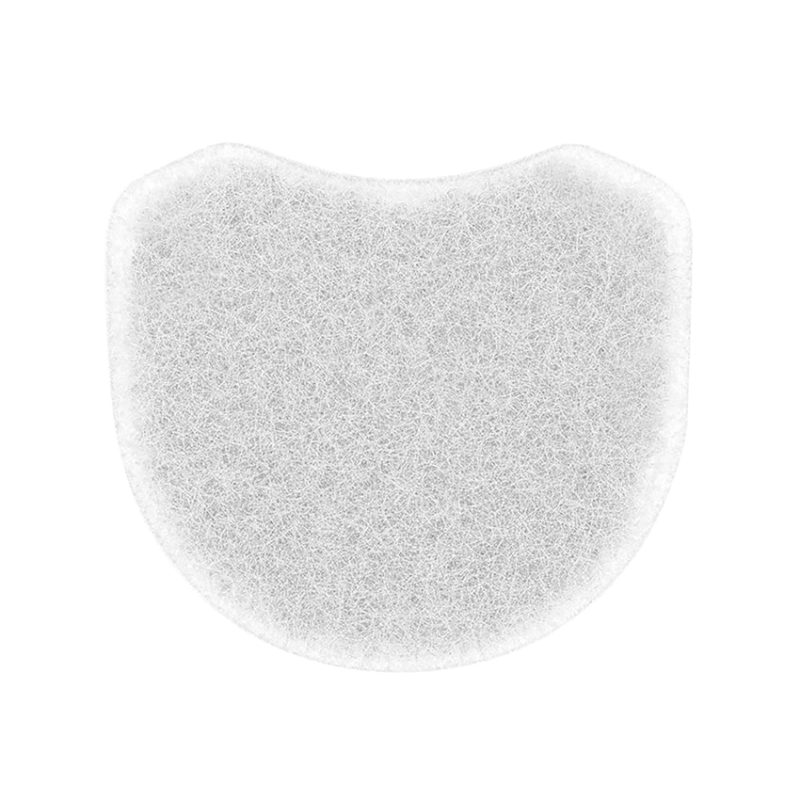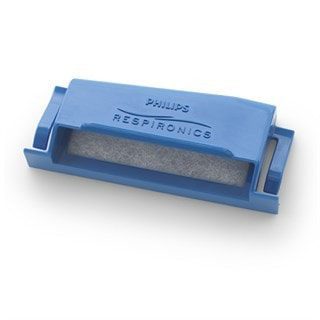CPAP Supply Replacement Schedule
Your CPAP equipment is an important investment in your sleep health. Proper basic routine maintenance will help you prolong the life of your mask, machine and accessories. Eventually, though, parts degrade and will need replacing. Use our hand replacement schedule to help keep track of when to replace your CPAP mask, machine and supplies.
Item
Replacement
Schedule
Signs of Aging
Care Tips
Every 6 Months
Air leakage, loose headgear, general discomfort, frayed fabric, visible rips or tears in your cushion, loss of cushion shape. Furthermore, if you are very uncomfortable in your mask, you are encouraged to try a new style or get refitted
To help add longevity to your mask, remove make-up at night, place mask on clean skin free of oils and moisturizers. CPAP Masks should be washed daily with warm water and gentle soap or baby shampoo. Let your CPAP mask air dry thoroughly before use.
every 3 months
Air leakage, visible rips or tears in your cushion, loss of cushion shape are a few signs of aging. Also, may become stiff or cracked around the edges and begin to turn opaque or change color. Nasal mask cushions are in constant contact with your face and nasal pillows sit inside your nose throughout the night. Frequently replacement is recommended for hygienic purposes and to ensure the best fit.
Daily, clean the soft cushion with a mild pure soap mix and air dry. The cushion lies against the face is fragile and most vulnerable. Sanitizing Cushions and pillows is hight recommended. View our sanitizing machines here.
every 6 months
Loose headgear, general discomfort or over-tightening, frayed fabric, visible rips or tears are all signs of aging The headgear and chin straps will stretch out over time and lose their elasticity, leading to over-tightening and discomfort. They can also trap bacteria from sweat and moisture.
The headgear should be gentle hand washed with soap, infrequently. Always air dry.
every 6 months
Air leakage, loose hose connections, visible rips or tears, mineral build-up, unfamiliar odors, and signs of mold growth are signs of aging. The tubing may develop small holes or tears, which can cause air leaks. If your tube is leaking, you may not be receiving your prescribed therapy setting from your CPAP. This can cause you to feel like you’re not sleeping as well.
Clean tubing weekly. Fill sink with a mix of warm water and mild liquid soap. Lay tubing in mix to allow water to clean the entire inside surface area. A small baby bottle brush may be gently used to clean inside tubing if necessary. However, be careful not to cut through the fragile tubing material between the coils. Rinse well and allow tubing to hang and air dry. View our sanitizing machines here
every 6 months
CPAP machine humidifier water chambers may become discolored, cracked, cloudy or even pitted due to the mineral levels found in most tap and drinking water. As the material deteriorates, cracks may trap bacteria from moisture.
Use distilled water in your water chamber to reduce mineral build up. You should empty and dry out your water chamber daily, with infrequent cleanings.
every 14 days
Visible dust or dirt, low airflow, unfamiliar odors are signs of aging. CPAP device air filters can wear out or become clogged over time, potentially exposing you to airborne particles, mold and bacteria.
Fine CPAP filters are not reusable or washable and must be discarded once used.
every 6 month
Visible discoloration and residue or low airflow are signs of aging. You may need to change it more often if you’re in a very dusty environment.
Reusable filters need to be simply rinsed out at least once every two weeks.
every 5 years
If your device stops working, you should contact your provider immediately. Most CPAPs are covered under warranty for at least one year. We recommend getting a backup CPAP machine, especially if your current machine is more than two years old. That way you’ll never be without your therapy, even if one of your devices requires maintenance.
The outer casing of your CPAP should not require special maintenance. If necessary, unplug machine and wipe clean with a moist cloth using a mild pure soap detergent. Dry the unit thoroughly. Never submerge your CPAP in water.
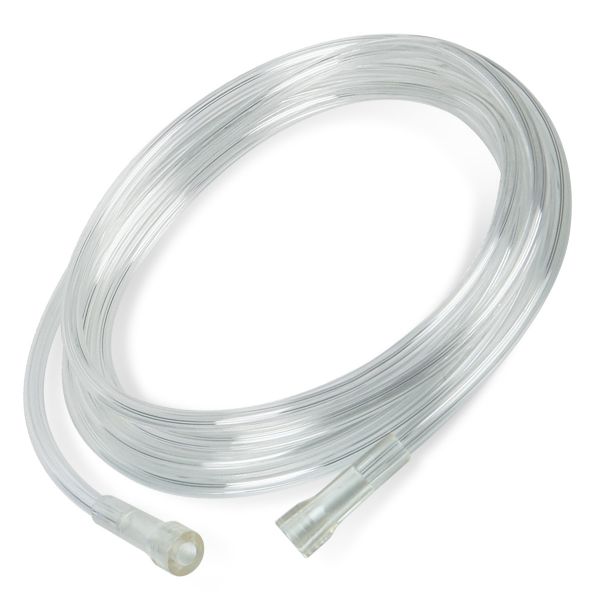
Oxygen Concentrator
Cannula Tubing
every 3 months
Air leakage, loose tube connections, visible rips or tears, unfamiliar odors are signs of aging.
Clean your cannula and tubing once a week with a 50/50 water and vinegar solution, followed by a very mild detergent such as Dawn™ dish soap. Your cannula should be replaced if you’ve recently had a cold.

